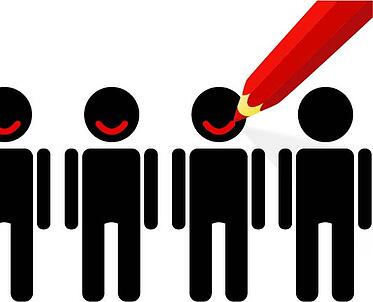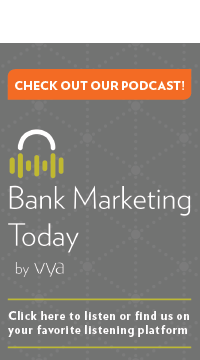As the relationship between businesses and customers continues to evolve, the value of the customer experience has been magnified greatly. Customer-facing social media channels and the general ease with which anyone can find  information about anyone/anything online have made businesses and their employees and managers more accessible than ever before. This means businesses – the whole business – must be ready to address customer needs across any number of outlets. But good customer experience doesn’t just mean effectively handling complaints, issues or questions; it means having a real relationship with your customers.
information about anyone/anything online have made businesses and their employees and managers more accessible than ever before. This means businesses – the whole business – must be ready to address customer needs across any number of outlets. But good customer experience doesn’t just mean effectively handling complaints, issues or questions; it means having a real relationship with your customers.
On the front end, customer experience can really be boiled down to four components from a business’s perspective:
- Delivery of information- proactively informing consumer of relevant product news, updates, and changes.
- Accessibility- how easy is it for customers to reach you?
- Responsiveness- how quickly you respond to questions, issues, etc. According to Dell, 97% of unsatisfied customers can be retained with proactive intervention.
- Engagement- how you interact with audiences on blogs, forums and social media; are you driving conversation? 83% of survey respondents said they were willing to pay more when they feel a personal connection with a company.
On the back end, providing a quality customer experience can be a little more complex. Before you can begin addressing the four components listed above, you need executive leadership that “gets it.” They need to understand technology and how it can be used as an asset when it comes to customer experience (as opposed to viewing it as a public relations liability). When looking at social media, for example, Gartner analyst Carol Rozwell cited a 2012 study, saying, “The dissatisfaction stemming from failure to respond via social channels can lead to up to a 15% increase in churn rate for existing customers.”
The other element in this is taking time to know your customer. I mean really know them. You need to understand how they are using your product so you can identify its strengths and weaknesses as they pertain to how it’s actually being used (as opposed to how you intended it to be used). I spent about 18 months learning everything I could about companies in the new markets DocuStar was hoping to penetrate because I was responsible for MarketHUB Plus’ product roadmap. I attempted to get into the conversation as much as possible at each product demo we went to, trying to dig as deep as I could to get to the root of some of the issues that would impact the product experience. It sounds obvious, but your product is the biggest part of the customer experience. It needs to reflect your understanding of the customers’ needs and wants.
The back-end elements are the necessary groundwork for building the four front-end (or customer-facing) components of customer experience. Executive buy-in grants you resources. Understanding how your product is being used in the field gives you a base of knowledge. From there, you can invest in the technology, energy and effort it takes to deliver information, be accessible, be responsive and engage your market. That’s the formula for making any customer experience a positive one for the customer and your business.


